I would like to hook up a piezoelectric sensor to my ATmega8 microcontroller via its ADC.
The reason being is that I would like to use the sensor as a force sensor. I noticed that the harder I press it, the higher a voltage it delivers (but for a very short time). This is expected behavior, of course.
What I am wondering is how I would connect it to the ADC. I mean, when I press it really hard, the piezo registers upward of 10 V. When I press it softly, it usually gives me around 1.3 V.
As I understand it, the micrcontroller cannot take anything more than 5V, or else I run the risk of damaging it. Is this correct? I mean, I am guessing the current coming out from the piezo is extremely small, though I don't know if that changes the situation.
Essentially, I would like to know if it is possible to hook up this piezoelectric sensor to my AVR microcontroller to take analog readings.


